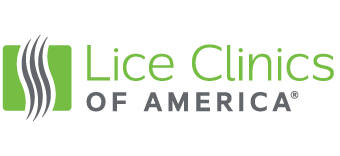Increasing numbers of consumers are finding that the most popular treatments for head lice – including chemical shampoos and home remedies – are largely ineffective. Head lice are rapidly evolving chemical resistance to many of the traditional pesticide-based control methods [which have never been able to kill eggs (nits) effectively and usually require repeated treatments]. Louse combs can be effective for removing lice and eggs, but the comb-out process can be very tedious, and many busy parents do not have the time or patience for effective combing. In desperation, some parents resort to home remedies such as bug spray, mayonnaise or kerosene, but there is little hard evidence that these remedies are effective, and some home remedies can actually be harmful. As a result, parents and school authorities are searching for a safe, fast and effective treatment that will solve the problem and help keep children in or quickly return them to school.
The AirAllé® treatment provides exactly that: a safe treatment that is highly effective at not only killing the live lice but also their eggs thus making it a smart choice when dealing with head lice.







